Supporting Patients With Personalized Guidance on Cardiovascular Health

Transforming Cardiovascular Management Through Personalization and Innovation
Personalized guidance in cardiovascular health is revolutionizing patient care by integrating advanced technologies, evidence-based guidelines, and patient-centered principles. This comprehensive approach aims to improve outcomes, enhance patient engagement, and foster equitable healthcare delivery by tailoring interventions to individual needs, preferences, and genetic profiles. The following narrative explores the principles, strategies, technological advances, and policy frameworks shaping this dynamic field.
Core Principles Underpinning Personalized Cardiovascular Guidance
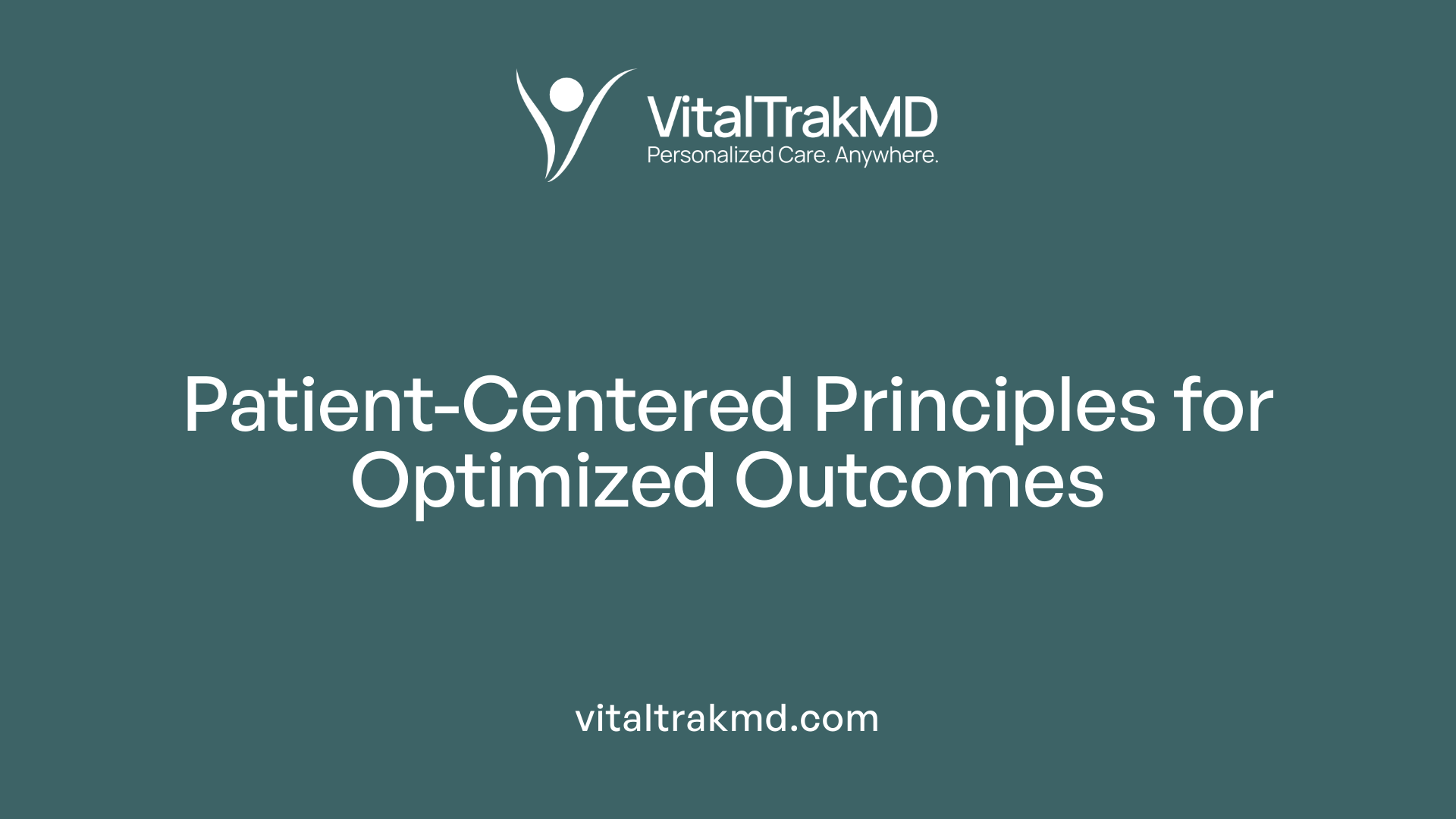
Why is patient-centered care important in managing cardiovascular conditions?
Patient-centered care plays a vital role in the management of cardiovascular diseases (CVD) by putting patients' individual preferences, beliefs, and values at the forefront of treatment planning. This approach fosters trust and opens clear channels of communication between patients and healthcare providers, which enhances understanding and cooperation.
In practice, patient-centered care encourages shared decision-making (SDM), where patients actively participate in choosing their treatments. This collaboration respects their unique circumstances, resulting in higher adherence to therapies and better health outcomes.
By personalizing interventions—whether pharmacotherapy, surgery, or lifestyle changes—healthcare teams can address specific needs, risks, and social factors influencing each patient. This comprehensive, tailored approach not only optimizes clinical results but also improves overall satisfaction and quality of life.
Furthermore, a multidisciplinary and collaborative framework involving cardiologists, primary care providers, nurses, and other specialists ensures holistic care. Such teamwork is particularly important for complex cases or underserved populations, helping to eliminate disparities.
Implementing patient-centered principles aligns with ethical standards in medicine and has demonstrated benefits like reducing hospitalizations, lowering mortality rates, and achieving more sustainable management of cardiovascular conditions. Overall, this approach ensures that care is not just effective but also respectful, equitable, and aligned with what matters most to patients.
Strategies for Providing Personalized Guidance in Cardiovascular Health
What are effective strategies and principles for providing personalized guidance to patients with cardiovascular health conditions?
Implementing personalized care in cardiovascular disease (CVD) management involves a combination of advanced technologies, patient engagement, and a collaborative approach. One of the foundational strategies is integrating genomic and proteomic data into clinical decision-making. Genomics allows healthcare providers to identify genetic mutations or variations that influence disease risk and response to therapy. Proteomics adds another layer, analyzing protein patterns that can serve as precise biomarkers for diagnosis and monitoring.
Biomarker integration is crucial for linking diagnosis with targeted treatment plans. High-throughput biomarker panels and molecular diagnostics enable clinicians to stratify risk accurately and tailor interventions accordingly. For example, identifying specific genetic markers can guide the selection of medications that will be more effective with fewer side effects, a practice supported by pharmacogenomics.
Systems biology approaches further enhance personalized strategies by modeling patient-specific disease mechanisms and estimating the potential benefits of various treatments. These models support risk stratification and help predict how patients might respond to intervention, promoting more effective and efficient care.
Customization of therapies extends to management strategies for conditions such as chronic myocardial ischemia, heart failure, hypertension, atrial fibrillation, and hypercholesterolemia. Each treatment plan considers genetic and epigenetic factors that influence disease progression and drug response.
Effective personalized guidance also hinges on patient-centered principles. This includes respecting patient preferences, cultural backgrounds, and social determinants of health, and fostering shared decision-making. Active collaboration between healthcare providers, patients, and their families ensures that treatment plans align with individual values and lifestyles.
Using multidisciplinary teams and digital health tools is vital for continuous care. Electronic health records, patient portals, wearable devices, and telemedicine facilitate ongoing monitoring and adjustments based on real-time data and patient feedback.
In summary, personalized cardiovascular management requires combining cutting-edge molecular diagnostics, systems biology modeling, and active patient participation. These strategies, anchored in respect for patient diversity and preferences, ultimately aim to enhance treatment efficacy, safety, and patient satisfaction.
Implementation of Evidence-Based Guidelines and Quality Improvement Programs
Implementing current research and clinical guidelines is fundamental to advancing personalized management of cardiovascular diseases (CVD). Programs like Get With The Guidelines (GWTG) are pivotal in translating evidence into routine practice. GWTG supports hospitals through continuous data collection, quality measures, and performance feedback, aligning care with the latest standards from professional associations such as the American Heart Association.
Data analytics and registries enable healthcare providers to monitor care quality, identify disparities, and tailor interventions effectively. These tools facilitate risk stratification and personalized treatment planning by highlighting variations in care and outcomes across different populations.
Addressing healthcare disparities involves integrating culturally relevant interventions and community engagement. Hospitals and clinics leverage local assets, ensuring health equity through targeted education and support tailored to diverse demographic groups.
Furthermore, community-based settings serve as effective venues for cardiovascular prevention and treatment, benefiting from collaborations between healthcare teams, patients, and local organizations.
Implementation science frameworks guide the adoption of these practices, ensuring sustainability and adaptability across various healthcare environments. The CV-QUIC project exemplifies this approach by testing multi-level, collaborative strategies aimed at improving patient outcomes.
Educational initiatives, research dissemination, and global outreach are also essential. They promote broader adoption of personalized, evidence-based care, ensuring that advances reach underserved populations and integrate into everyday clinical practice.
In summary, the strategic combination of clinical guidelines, data-driven quality programs, and community engagement fosters personalized and equitable cardiovascular care.
| Program/Approach | Features | Impact |
|---|---|---|
| Get With The Guidelines | Data collection, performance feedback, guideline adherence | Standardized, evidence-based care |
| Data Analytics & Registries | Monitoring disparities, tailoring interventions | Improved outcomes & health equity |
| Community-Based Settings | Cultural relevance, local assets | Enhanced reach & effectiveness |
| Implementation Science Frameworks | Adoption, sustainability, scalability | Long-lasting improvements |
| Collaborative Quality Initiatives | Multi-center testing, adaptive strategies | Elevated patient care quality |
Technological Advances Supporting Personalized Cardiovascular Management
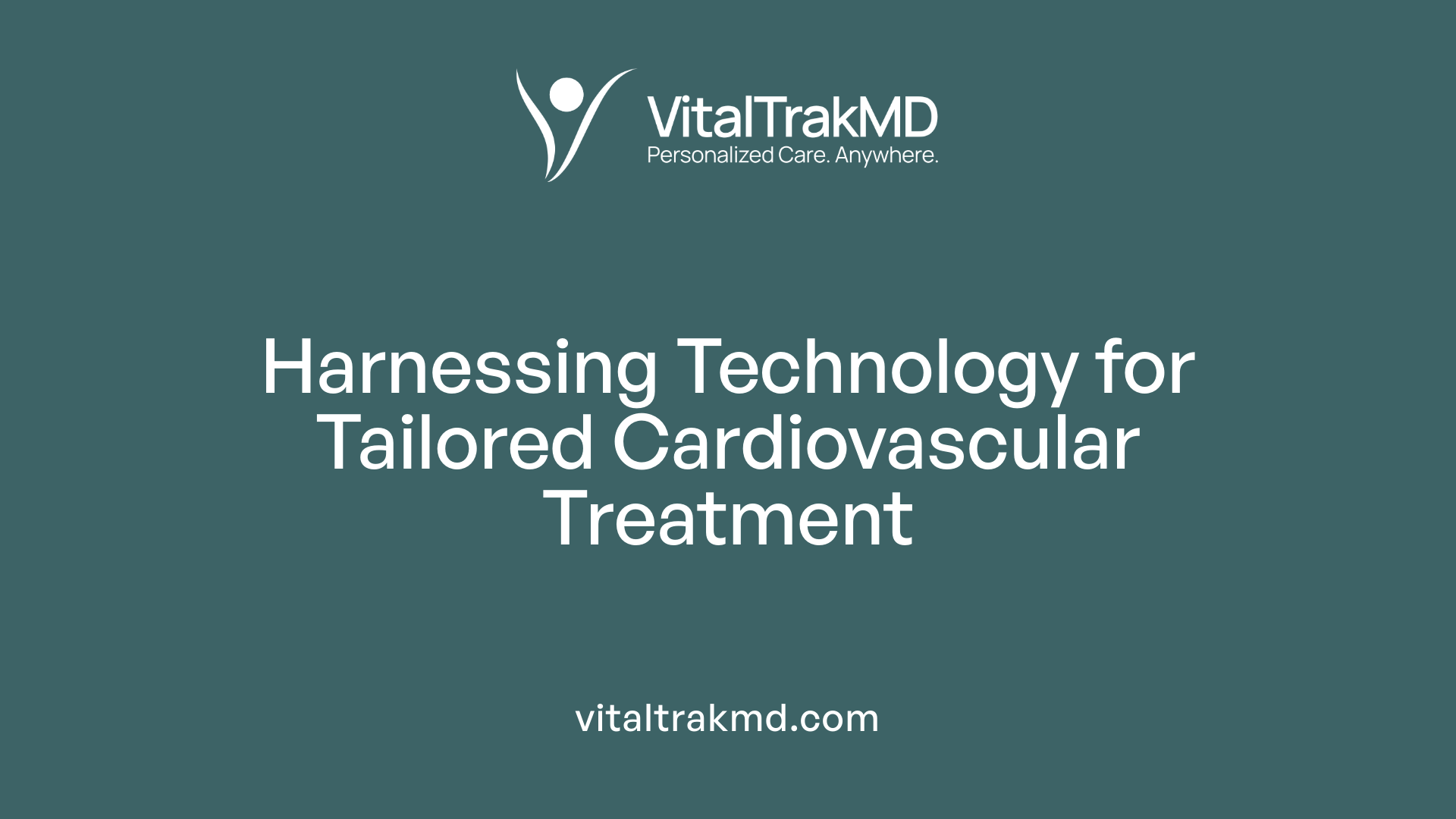 Recent technological progress has significantly enhanced how healthcare professionals approach individualized treatment for cardiovascular conditions. One of the most impactful developments is the advent of wearable sensors and mobile health applications. These tools allow continuous, real-time monitoring of vital signs such as blood pressure, heart rhythm, physical activity, and other physiological parameters.
Recent technological progress has significantly enhanced how healthcare professionals approach individualized treatment for cardiovascular conditions. One of the most impactful developments is the advent of wearable sensors and mobile health applications. These tools allow continuous, real-time monitoring of vital signs such as blood pressure, heart rhythm, physical activity, and other physiological parameters.
AI and machine learning algorithms play a crucial role in analyzing the vast data collected from sensors, electronic health records, and genomic profiles. This integrated analysis facilitates early detection of abnormalities, personalized risk assessments, and the customization of treatment plans that better match each patient's unique health profile.
Telehealth platforms and remote patient monitoring devices enable proactive management of chronic cardiovascular disorders such as heart failure, hypertension, and arrhythmias. These technologies reduce the need for frequent hospital visits and may decrease readmission rates by allowing clinicians to intervene early.
Advanced imaging technologies, like the FDA-approved HeartFlow platform, utilize artificial intelligence to visualize and quantify coronary plaque, aiding in precise, individualized assessment of coronary artery disease. Virtual cardiac rehabilitation programs and digital health tools help improve patient engagement and adherence to treatment regimens.
Despite these promising advancements, challenges remain. Ensuring equitable access to digital tools and validating their clinical effectiveness are ongoing concerns. Nonetheless, the integration of AI, remote monitoring, wearable sensors, and innovative imaging continues to push the boundaries of personalized cardiovascular medicine, making care more tailored, accessible, and proactive.
Role of Policies and Programs in Facilitating Personalized Cardiovascular Care
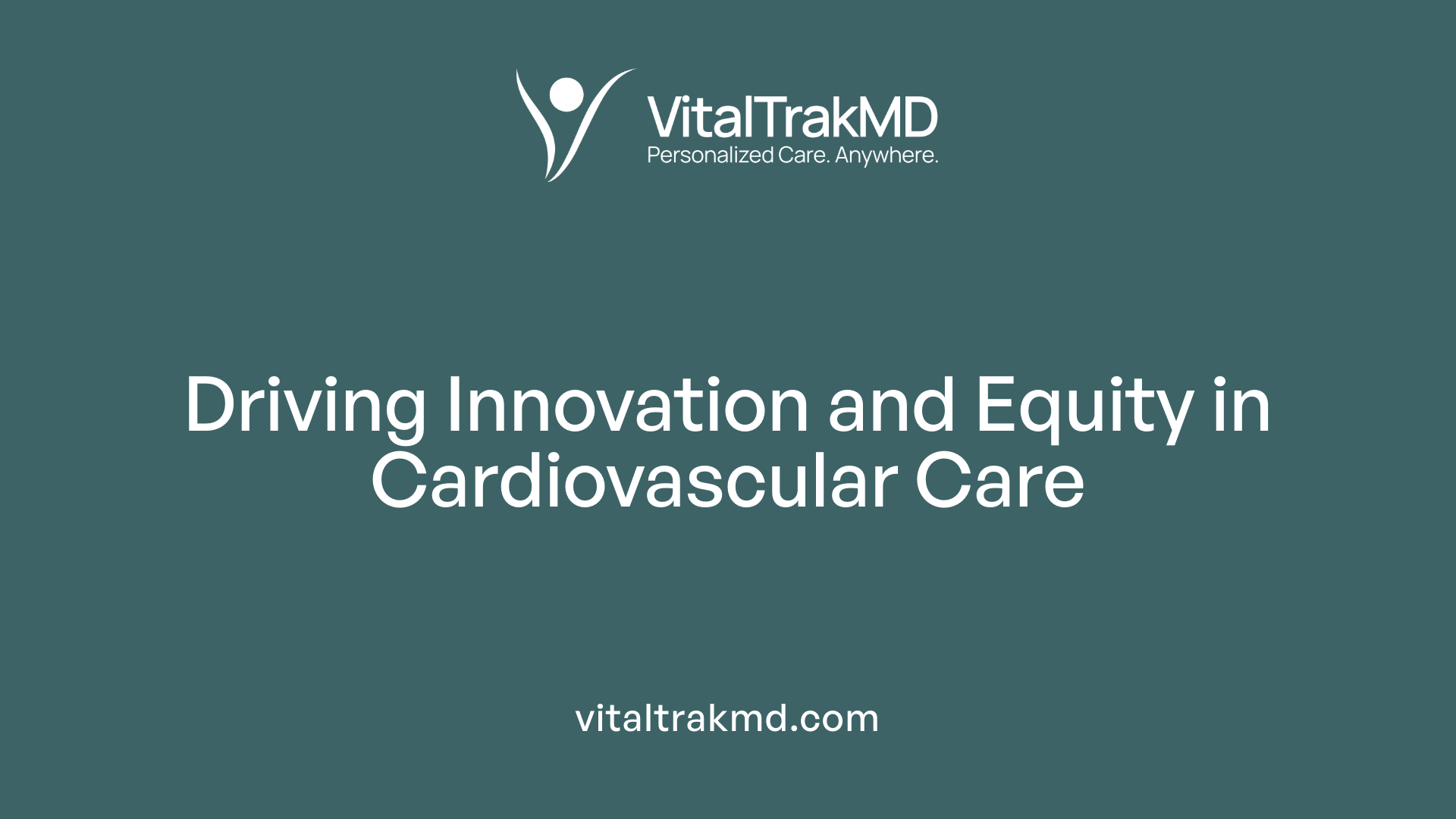 In advancing personalized management of cardiovascular disease (CVD), policy initiatives and healthcare programs are fundamental drivers of change. They set the framework for integrating innovative diagnostics, genetic testing, and advanced risk assessment tools into routine care. By establishing standards for evidence-based practices and incentivizing technology adoption, policies encourage healthcare providers to utilize genomic sequencing, molecular imaging, and bioinformatics tools that tailor therapies to individual patient profiles.
In advancing personalized management of cardiovascular disease (CVD), policy initiatives and healthcare programs are fundamental drivers of change. They set the framework for integrating innovative diagnostics, genetic testing, and advanced risk assessment tools into routine care. By establishing standards for evidence-based practices and incentivizing technology adoption, policies encourage healthcare providers to utilize genomic sequencing, molecular imaging, and bioinformatics tools that tailor therapies to individual patient profiles.
One significant policy role is in promoting healthcare equity. Programs that address disparities ensure that access to genetic testing and personalized interventions is available across diverse populations. This involves training clinicians on cultural competence and implicit bias, as well as expanding infrastructure for telemedicine and digital health tools.
Policy support also extends to developing and implementing risk assessment models, such as the PREVENT calculator for hypertension, which considers a broad range of factors including age, sex, blood pressure, and ZIP code. Such tools facilitate early intervention and personalized treatment plans, improving outcomes and safety.
Moreover, initiatives like the Get With The Guidelines program encourage adherence to personalized, guideline-driven care, reducing variability and improving patient outcomes. These programs often incorporate measurement and benchmarking, fostering continuous quality improvement.
Emerging policies are embracing innovative approaches like machine learning and AI-based decision algorithms to refine individual risk stratification further. This data-driven direction aligns with smart policy frameworks that support clinical research, data sharing, and the secure use of patient information.
In summary, policies and programs are vital in creating an environment where personalized cardiovascular care becomes standard practice. They promote technological integration, enhance patient engagement through shared decision-making, and ensure equitable access—ultimately leading to more effective, patient-centered outcomes.
Emerging Digital Tools and Resources for Personalized Guidance
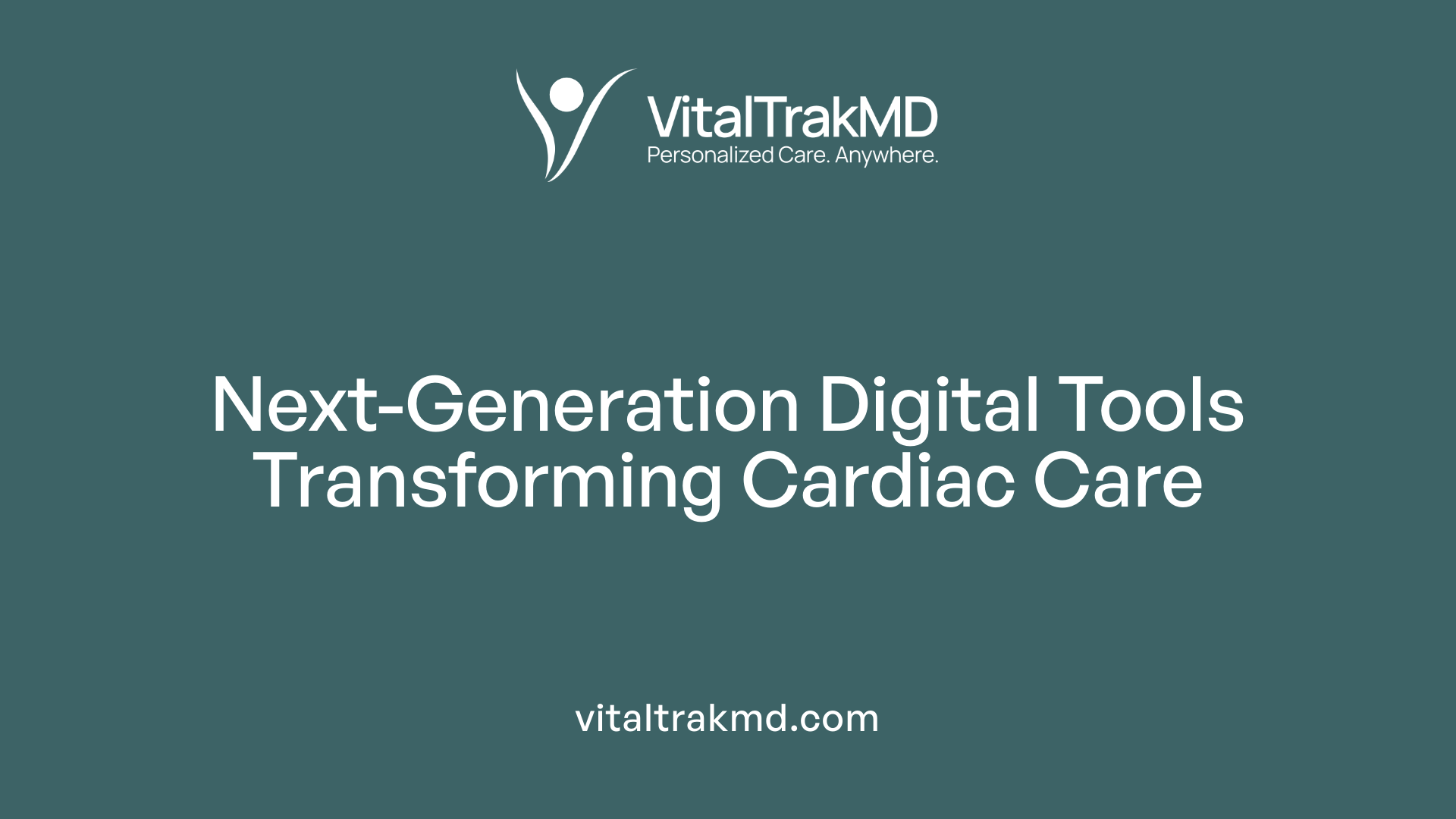
What digital health tools and resources are emerging to aid in personalized cardiovascular health guidance?
Innovations in digital health are transforming how clinicians approach preventive and therapeutic strategies for cardiovascular diseases. Wearable devices and mobile applications are at the forefront, continuously monitoring vital signs such as heart rate, blood pressure, activity levels, sleep patterns, and blood glucose. This constant stream of data empowers healthcare providers to tailor interventions precisely to individual patient needs.
Artificial intelligence (AI) enhances these efforts by analyzing vast amounts of data collected from wearables, smartphones, and other sensors. AI algorithms can detect irregular heart rhythms like atrial fibrillation, track disease progress, and predict adverse events with increasing accuracy, facilitating earlier and more targeted responses.
Digital twin technology represents another breakthrough, creating virtual models of a patient’s cardiovascular system based on diverse data sets. These models enable clinicians to simulate the progression of diseases, evaluate the potential impact of treatments, and make informed decisions tailored to each person's unique anatomy and physiology.
Remote monitoring systems like CardioMEMS exemplify proactive management tools. They provide real-time alerts for worsening heart failure, allowing interventions before hospitalization becomes necessary. Such systems support personalized care plans that adapt as patient conditions evolve.
Furthermore, AI-powered imaging applications like Cleerly utilize sophisticated algorithms alongside imaging data to improve diagnostic accuracy, assess risk, and guide personalized treatment options. These tools collectively enhance clinician capability to deliver precise, patient-centered cardiovascular care.
Overall, the integration of wearable technology, AI diagnostics, digital twins, and remote monitoring is paving the way toward more effective and individualized cardiovascular disease management, ultimately aiming to improve patient outcomes and reduce healthcare burdens.
Research and Best Practices in Personalized Cardiovascular Care
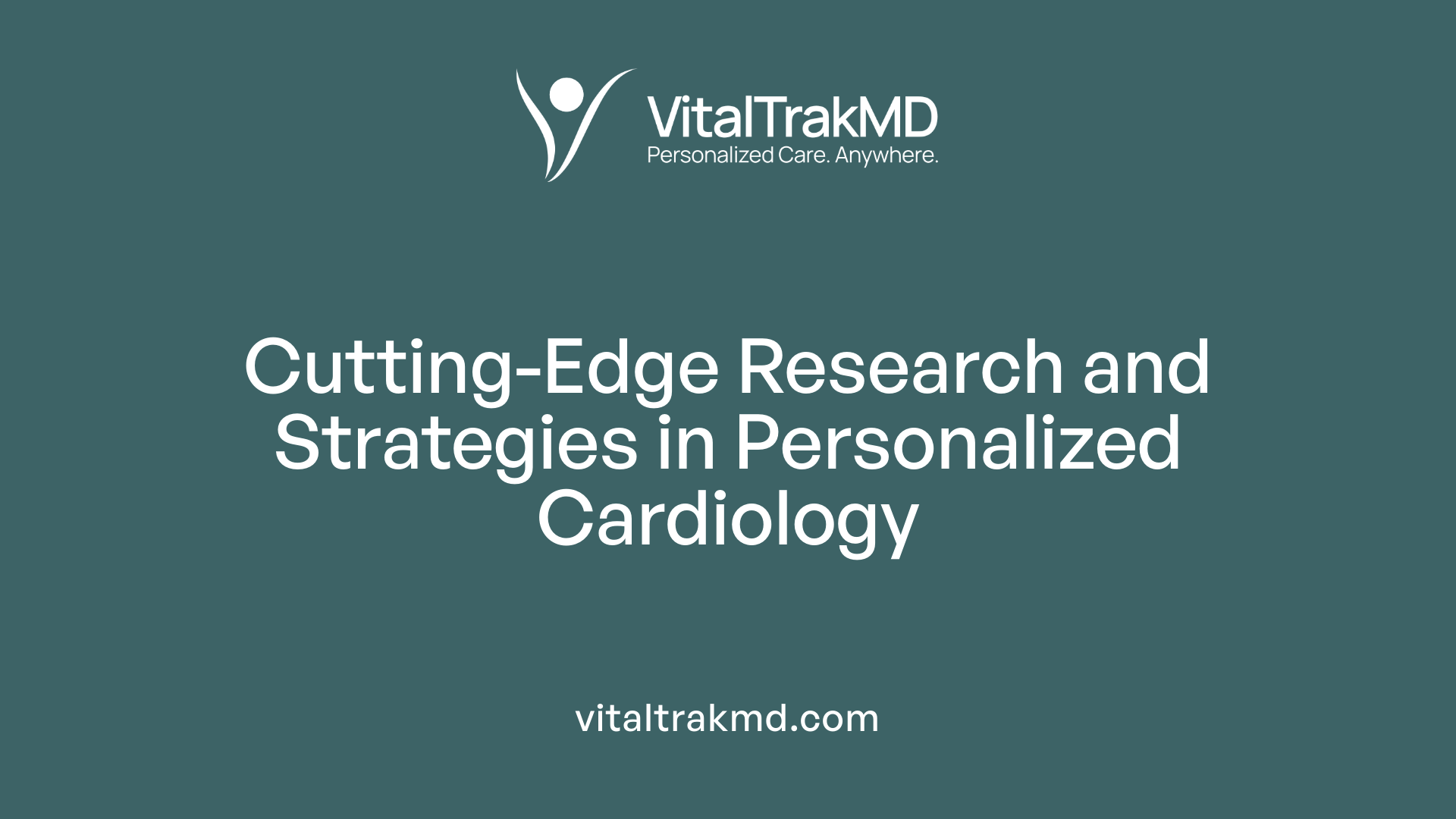
What are the latest research findings and best practices for supporting patients with cardiovascular issues through personalized approaches?
Recent advancements highlight the importance of a tailored, patient-centric approach in managing cardiovascular diseases (CVD). Integrating genomics and biomarker analysis has revolutionized diagnostics, enabling clinicians to identify genetic mutations and molecular signatures that influence disease progression and treatment response.
The use of systems biology and high-throughput technologies allows for comprehensive risk stratification and personalized therapy planning. For example, pharmacogenomics helps determine how individuals metabolize drugs, guiding medication choices to maximize efficacy and minimize adverse effects.
Innovative care delivery models emphasize multidisciplinary and digitally-supported services. Virtual clinics and remote monitoring platforms facilitate continuous oversight of patients, especially those with complex or resistant hypertension, heart failure, or post-discharge needs. These digital tools support early intervention and patient engagement, improving adherence to lifestyle modifications and medication regimens.
Collaborative decision-making is fundamental to these efforts. Shared decision-making (SDM), aided by decision support tools and patient education resources, enhances understanding, trust, and active participation in care plans. Efforts to improve health literacy and involve families are critical, especially in underserved populations.
Data-driven insights from biotechnologies like molecular imaging, nanobiotechnology, and AI-powered analytics inform personalized treatment strategies. For instance, AI-driven visualization of coronary plaque through platforms like Heartflow allows for precision in interventions.
In summary, the convergence of molecular diagnostics, advanced imaging, patient engagement, and digital health innovations forms the best practice framework for personalized cardiovascular medicine. These approaches aim to improve outcomes by addressing individual genetic profiles, social contexts, and patient preferences, ensuring tailored, effective, and equitable care.
Fostering a Future of Patient-Centric Cardiovascular Care
The landscape of cardiovascular care is rapidly evolving with advances in personalized medicine, digital health technologies, and policy support. Emphasizing patient engagement, shared decision-making, and equitable access is critical to delivering effective, individualized treatment. Ongoing research, innovations in genomics and AI, and collaborative effort across healthcare systems are paving the way for more precise, proactive, and patient-centered cardiovascular management. Building on these foundations will require continuous adaptation, robust data infrastructure, and a steadfast commitment to health equity, ensuring that every patient receives optimal care tailored to their unique needs.
References
- Personalized Management of Cardiovascular Disorders
- Patient-Centered Adult Cardiovascular Care: A Scientific ...
- Effects of Implementing Personalized Health Education in ...
- Feature | Leading With Patients: Elevating Shared Decision ...
- Shared Decision-Making and Cardiovascular Health
- Get With The Guidelines
- World Heart Day: New tech for cardiovascular analysis and ...
- Expert Q&A: What you need to know about the new ...
- Personalized Medicine in Cardiovascular Diseases - PMC
- Effects of Implementing Personalized Health Education in ...
Recent articles
Want to Feel Better and Live Healthier?
Join hundreds of patients taking control of their health with personalized care that fits their life – not the other way around.
Rated 4.8/5 by 32+ customers







